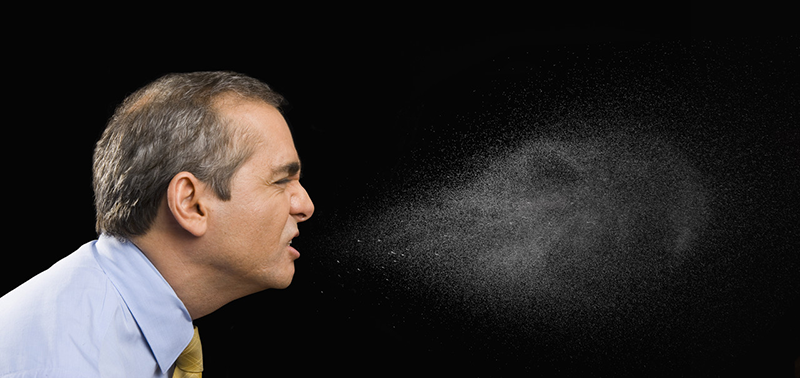What's the Difference Between a Cold and Allergy?

Learn why you should know how to tell the difference between a cold and an allergy, so you can get the proper relief now, and know what to do in the future.
Your nose is clogged and you’re sneezing like mad. With the change of season warming the air, you might assume you’ve caught a cold. But have you?
Spring can bring on allergies, since pollen is plentiful at this time of year. Fall can also bring allergies, since pollen from ragweed and other weeds is plentiful at that time of year. As the warmer spring temperatures call us outdoors, or cooler fall temperatures drive us indoors, mold, and dust also become issues.
Considering that cold and allergy symptoms can overlap, your diagnosis could go either way.
YOU MIGHT ALSO LIKE: Month-By-Month Guide to Allergies
Why does knowing the difference between a cold and an allergy matter?
“If you know what you have, you won’t take medications that you don’t need, that aren’t effective, or that might even make your symptoms worse,” says Teresa Hauguel, PhD, an expert with the National Institutes of Health on infectious diseases that affect breathing.
Getting the wrong treatment can have repercussions. A bad cold can morph into a bacterial infection. Uncontrolled allergies can run down your body, leaving you more vulnerable to illness.
Here’s how to tell the difference between a cold and an allergy, and tips to tame your symptoms, no matter which condition caused them.
Cold vs. allergies
Colds and allergies stem from separate causes. You catch a cold when a sick person sneezes or coughs in your vicinity and the virus finds its way into your system via your nose or mouth. The immune system attack your body launches against these miniature invaders triggers symptoms like congestion, sneezing, and watery eyes.
Allergy symptoms result from an immune system misfire. Your body’s line of defense mistakenly identifies pollen, dust, or mold as germs, leading to the release of histamine and other chemicals that clog your nose and make your eyes run. Once either process starts, it can be hard to tell what triggered it.
Symptom confusion
Allergies are often mistaken for colds because the symptoms are almost indistinguishable.
Yet there are some subtle differences between cold and flu symptoms.
Most allergy-related nasal secretions are clear or white, not discolored. You may have a sore throat from postnasal drip, but you typically won’t have additional symptoms.
A tissue full of green or yellow gook when you blow your nose and a raw throat are signs you’re likely dealing with a cold. Fever and body aches are another clear giveaway that a virus is behind your symptoms.
Duration can also be a clue to the cause. A cold might put you out of commission for seven to 10 days, but allergies will stick around for weeks or months, as long as you’re exposed to the trigger.
Getting the right care
Both cold and allergy symptoms respond to over-the-counter antihistamines and decongestants. Antihistamines block the action of histamine to relieve congestion; decongestants shrink swollen blood vessels in your nose. (Avoid antihistamines that can cause drowsiness.)
With allergies, you’ll want to start taking medicine as early as possible in the season to keep your symptoms at bay. Colds may require some extra care, which can include pain relievers, along with plenty of rest.
If you’re not sure which condition you have, see your primary care provider. Then, if allergies are to blame, get advice from an allergist, who can pinpoint your trigger so you can avoid it. The doctor might also suggest immunotherapy, a treatment that exposes you to gradually increasing doses of the allergen to desensitize you to it.
Once you’ve figured out that you have allergies and what triggers them, you can cut out the guesswork next spring.
YOU MIGHT ALSO LIKE: 11 Things That Can Make Allergies Worse
Updated:
September 01, 2023
Reviewed By:
Janet O’Dell, RN